Being human
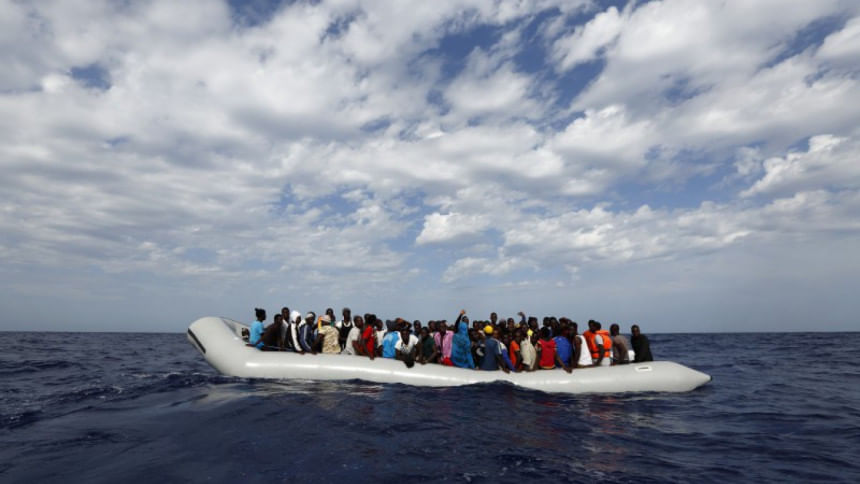
I have been covering the story of boat migration to Malta for over 10 years as a photojournalist with Times of Malta and Reuters.
In their desperation to escape untenable conditions in their homeland, they embark on a route and in vessels that is at best treacherous. Their journeys of desperation represent one of the most horrific, cruel, yet important immigration routes of our time. Untold hundreds have died attempting to make the crossing – the central Mediterranean has become their graveyard.

This year has been no different
I was fortunate enough to be taken on by the NGO Migrant Offshore Aid Station (MOAS) as their official photographer for one of its recent missions. I spent four days on the seas with MOAS in October. MOAS, working in close collaboration with the Armed Forces of Malta and the Italian Coast Guard, has assisted around 3,000 people at risk in the Mediterranean Sea.
Though I'd witnessed several rescue operations out at sea before, I had never managed to get up close until this day.
At times, one element which seems to be missing in the many news stories you read on boat arrivals is the human element.
On this particular situation, in a photo I took in July in Malta, I noticed the words "Being Human" on a migrant's jacket, and felt that by keeping him in the centre of the frame, I'd be making a small statement of sorts. At times it is good to remember that we are talking about human beings taking dangerous journeys because there are no options to take safer routes.
Yet, the most tragic incident I covered this year must have been when I covered a tragedy just off Lampedusa.
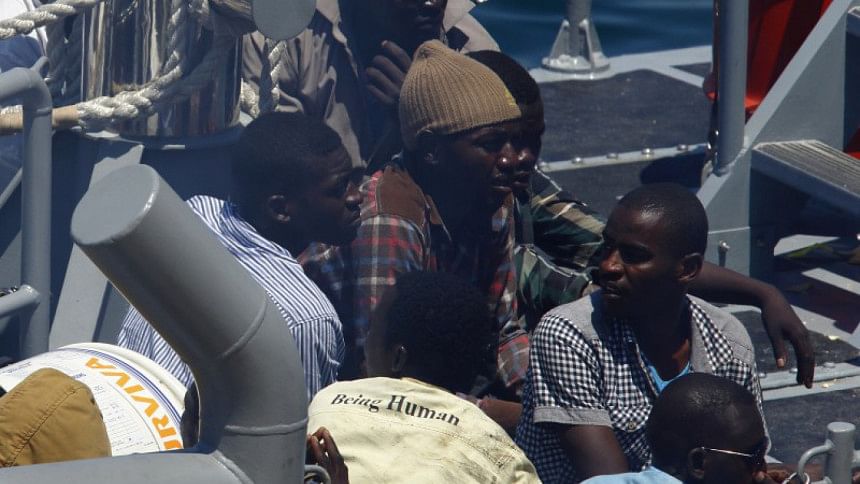
29 asylum seekers were found dead from apparent asphyxiation in the hold of a fishing boat. They had formed part of a larger group of 600 asylums seekers and migrants who had left Libya in their attempt to reach Europe.
Five men were later on arrested and interrogated by the Italian police. Harrowing details emerged with as many as 60 people believed to have been stabbed and thrown overboard as they sought to escape from the hold. A total of 131 people are missing and presumed dead from the incident, including a newborn baby.
The dead bodies were brought to Malta and following an autopsy they were buried at the Addolorata Cemetery while another was buried at the Turkish Cemetery in Marsa.
Later on the Italian media published this transcript from a distress call sent from one of the people on board the boat to the Italian coast guard: "We are dying, we are sinking, we are 65 miles south of Lampedusa, help us, be quick, we are over 600 people, there are many women and children and some have already died …"
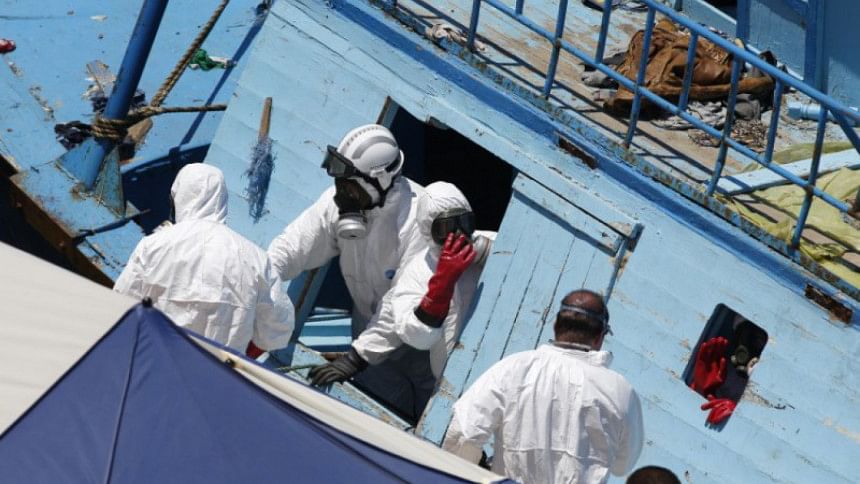
Despite the continuous efforts in rescue operations, many do not make it to safety.
The photos form part of the Isle Landers project, which culminates in the publication of a book covering a decade of boat arrivals to Malta. The publication will be launched together with a photographic exhibition at the St James Cavalier Centre for Creativity in Valletta on the 5th of December. The project is supported by UNHCR and the Malta Arts Fund.
Darrin Zammit Lupi is a professional photojournalist working with Times of Malta and Retuers who has covered the issue of migration and asylum extensively for over 10 years.
More information on the Islelanders project can be obtained from www.islelanders.com
Darrin Zammit Lupi is aPhotojournalist who coverered boat arrivals to Malta in 2014

 For all latest news, follow The Daily Star's Google News channel.
For all latest news, follow The Daily Star's Google News channel. 



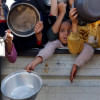
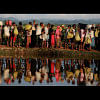


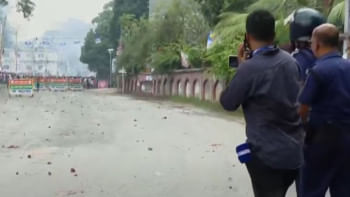
Comments